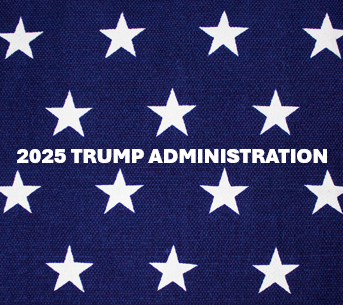How will deregulation in the US affect the international medical device market?

The impact of tariffs
The new government is specifically trying to reduce US dependence on China through higher tariffs on imported Chinese medical tools. This decision could have a positive impact on Northern-American manufacturers, as there would be a greater number of opportunities for them. In fact, the desired outcome is for small and medium-sized enterprises to benefit from this new environment. More streamlined processes and a less complex regulatory landscape would enable smaller and more diverse entrants, that cannot afford in-house regulatory departments, to finally access the market.
More competition could, however, also turn out to be a double-edged sword: to meet demand, US manufacturers will need to boost their production capacity and invest in more factories, materials and staff. Moreover, to provide the required volumes, suppliers must rethink their spaces to allocate new resources. Time is also needed to rearrange inventories which may further exacerbate shortages.
It is estimated that 75% of U.S.-marketed medical devices will be negatively affected by Trump’s proposed tariffs, meaning that patients and people in need of a fast access to medical devices could find be affected by shortages and low-stock. In fact, rising costs connected to tariffs will make devices more expensive but also more difficult to find.
In addition, bigger players are actually more likely to encounter a smaller number of difficulties in adapting to a continuously changing regulatory framework, whereas smaller businesses may struggle in this unpredictable scenario due to a lack of dedicated regulatory resource.
Deregulation and new fears
Another crucial aspect of this shakeup is President Trump’s proposal to create more streamlined approval processes through deregulation. Even though approvals in the US are comparatively rapid for many devices thanks to the 510(k) pathway, a decrease in red tape would provide additional stimulus to economic growth as limited administrative and procedural hindrances would benefit smaller players and bigger companies alike.
Nevertheless, a growing fear is that the FDA could downsize and reduce representatives in charge of checking device conformity, leading to a decreased and less accurate technical supervision and unreliable safety outcomes for patients. At the same time, the industry has raised concerns that fewer resources may actually result in longer approval times, thus reaching the opposite objective, and causing delays in the manufacturing of essential medical devices.
In addition to this, fewer FDA’s resources may result in more responsibilities concerning device clearance and safety falling onto manufacturers themselves. The additional onus to make significant investments in tools and personnel would probably be too much for smaller, leaner market entrants.
The use of AI and its regulation
In this regulatory context we are also seeing AI in healthcare take its first steps. The use of artificial Intelligence in healthcare has not been adequately regulated yet, neither in the United States nor in any other state in the world. The most concerning aspect is that an incorrect use of AI could potentially harm patients’ health, as it is still unreliable and not completely safe. The lack of regulation in this nascent field, and at this stage of adoption, may pose a serious safety concern.
Conclusion
Simplified regulations and approval processes could potentially bring both positive and negative effects to the international medical device market, boosting competition and heterogeneity as well as speed-to-market. However, experts and industry commentators around the world also fear it may foster a laxer attitude to regulations, threatening patient health and safety. Overconfidence on AI tools specifically comes to mind, since its misuse could lead to potential patient harm.
Finally, the impact of deregulation and the restructure of the US’s main supervisor in the medical devices field, the FDA, will depend on the implementation of balanced policies that enable manufactures to foster innovation, competitivity and growth without jeopardizing safety. Changes in the regulatory landscape must be monitored on an ongoing basis, and bigger and smaller players should cooperate with policymakers and regulatory experts to stay up to date so they are able to benefit from the opportunities available in this framework.